
China electricity analysis & advisory: solar, wind, coal, nuclear, markets.
13yr migrant, currently SH
Rural development enthusiast
@HopkinsNanjing
@LantauGroup
12 subscribers
How to get URL link on X (Twitter) App

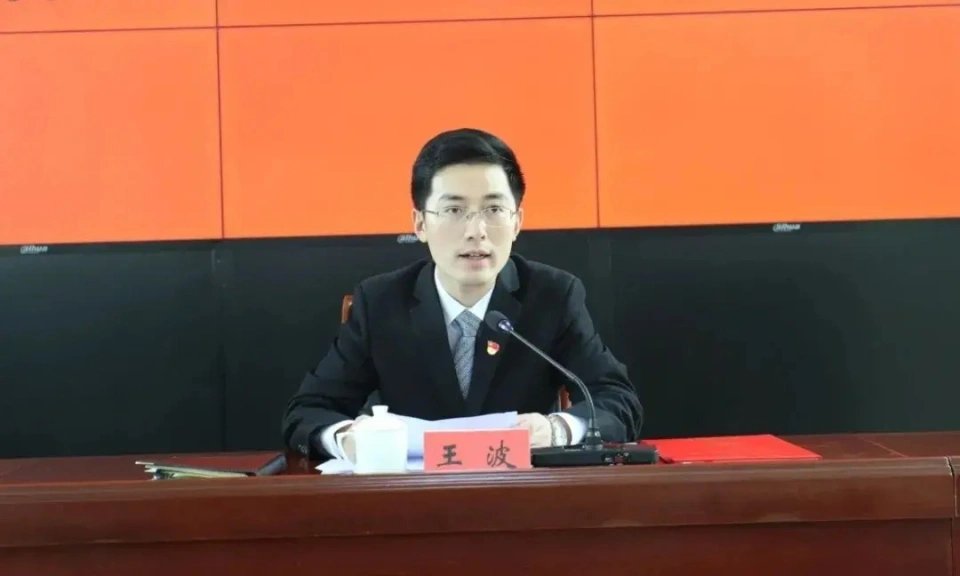
https://twitter.com/DanCollins2011/status/1989874329308316120The best way to measure "rapid advancement" is not necessarily by the title they currently hold, but the rank within the state civil service system vs. their age.


 If you've followed me for a while, you'll know that for 3+ years now, I've protested the over-sampling of opinions from China's 1st-tier cities and pursued this idea of capturing China's "median zeitgest" from smaller cities.
If you've followed me for a while, you'll know that for 3+ years now, I've protested the over-sampling of opinions from China's 1st-tier cities and pursued this idea of capturing China's "median zeitgest" from smaller cities.https://x.com/pretentiouswhat/status/1541753290576531461?s=20

https://twitter.com/slantchev/status/19846345703530990091. "...the massive production, which relies on exports by design".

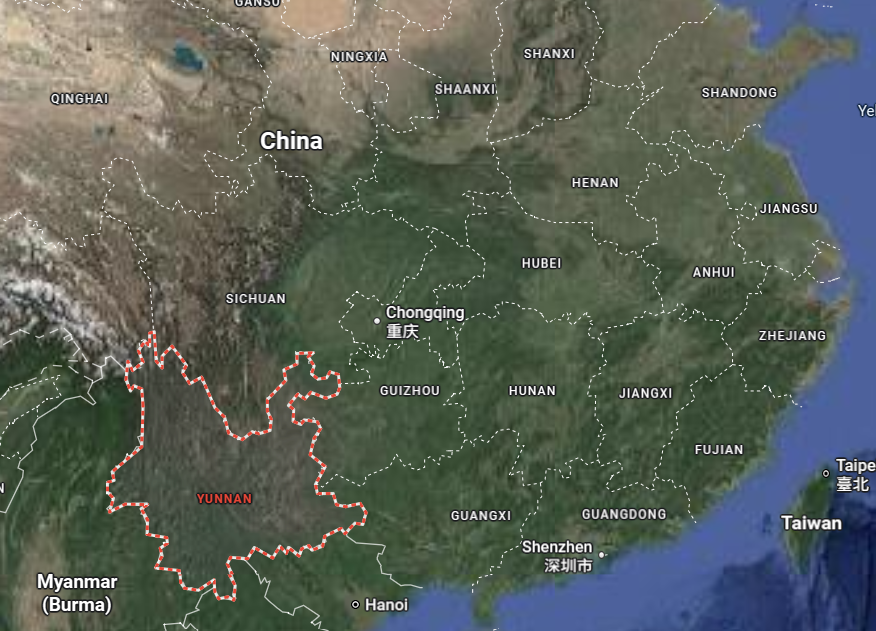
 ...oh, and I'm writing this partly as a travel report/guide for others who might like to do a similar tour in the future, and partly as a foundation for the essay content that's coming next.
...oh, and I'm writing this partly as a travel report/guide for others who might like to do a similar tour in the future, and partly as a foundation for the essay content that's coming next.

 Actually, the Western Han route of the Yellow is one of the MANY known routes it has taken over the last 2000 years, as you can see from this image.
Actually, the Western Han route of the Yellow is one of the MANY known routes it has taken over the last 2000 years, as you can see from this image.


 According to China's renewable consumption quota policy, all new data centers in these hub regions must buy at least 80% of their power from renewable sources.
According to China's renewable consumption quota policy, all new data centers in these hub regions must buy at least 80% of their power from renewable sources.


https://twitter.com/SecretaryWright/status/1962861731174097195First, this this broader idea about not conflating energy with electricity is fine, even good and necessary. 💯


 These comments were from Deputy Director Liu Mingyang of the NEA's Electric Power Department:
These comments were from Deputy Director Liu Mingyang of the NEA's Electric Power Department:

 Industrial power consumption was up 4.7% YoY, rising to almost 600 TWh in the monthly of July.
Industrial power consumption was up 4.7% YoY, rising to almost 600 TWh in the monthly of July.
https://twitter.com/michaeljmcnair/status/1959134225447182439Installed Capacity vs. Peak Load:

 So...Chongqing is huge. It's a direct-governed municipality covering 82,000 sqkm /31,000 sqm, roughly the size of Austria or Czechia or Panama.
So...Chongqing is huge. It's a direct-governed municipality covering 82,000 sqkm /31,000 sqm, roughly the size of Austria or Czechia or Panama.
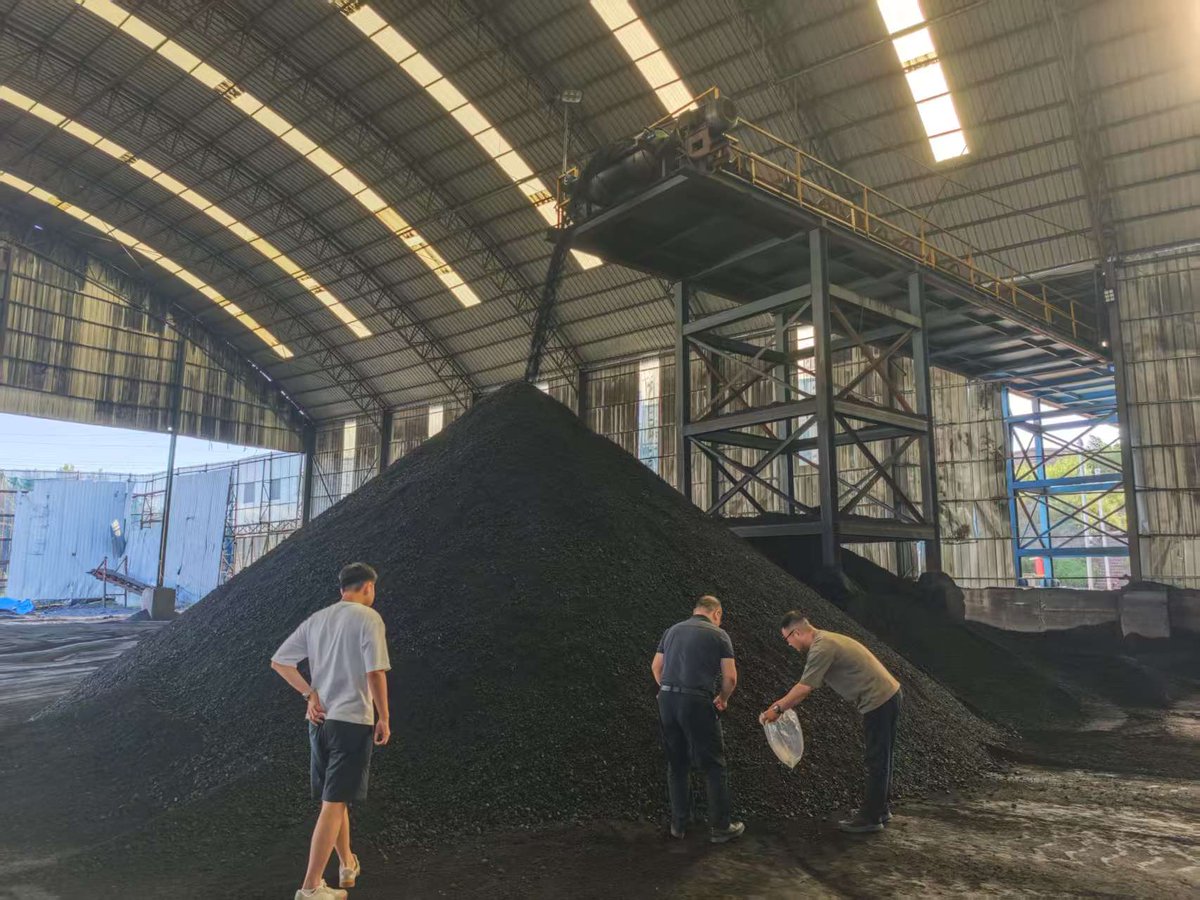
 The way most people have heard about Ordos, a small city in central Inner Mongolia close to Shaanxi, is to see it referred to as a "ghost city".
The way most people have heard about Ordos, a small city in central Inner Mongolia close to Shaanxi, is to see it referred to as a "ghost city".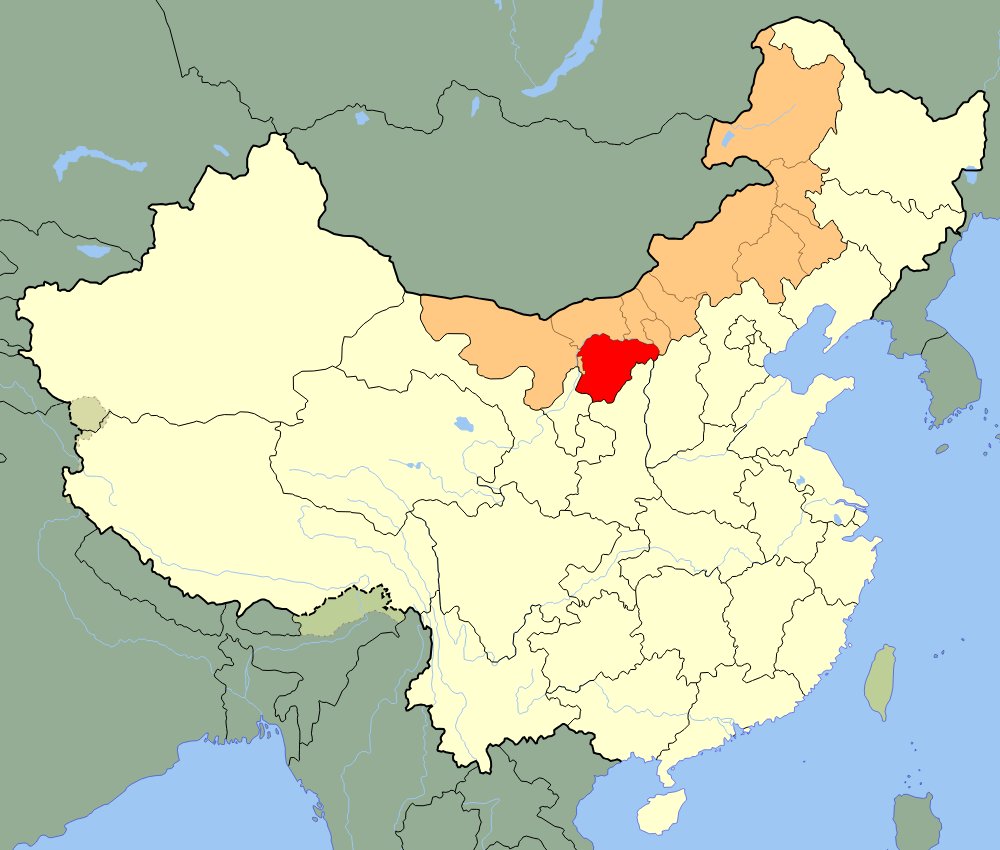

 Industrial power consumption rose 3.2% YoY in June, reaching 549 TWh. Still slower growth than GDP, but at least a slightly recovery vs May, which was truly poor at just 2.2% YoY growth. Looks like manufacturing is readjusting to the tariff impacts and picking up again.
Industrial power consumption rose 3.2% YoY in June, reaching 549 TWh. Still slower growth than GDP, but at least a slightly recovery vs May, which was truly poor at just 2.2% YoY growth. Looks like manufacturing is readjusting to the tariff impacts and picking up again. 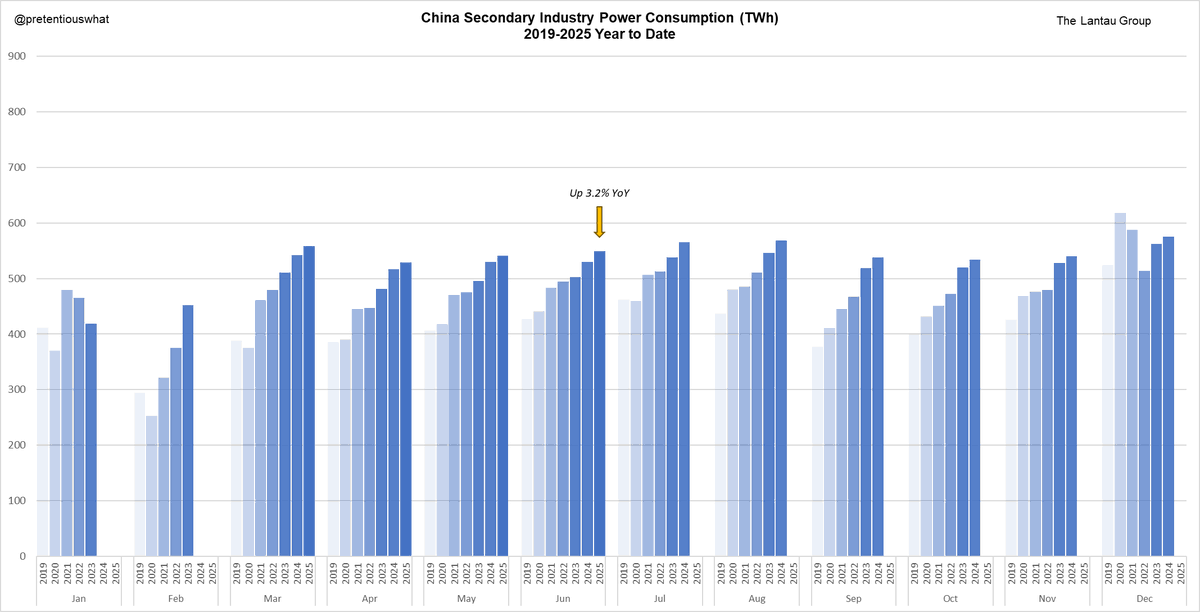
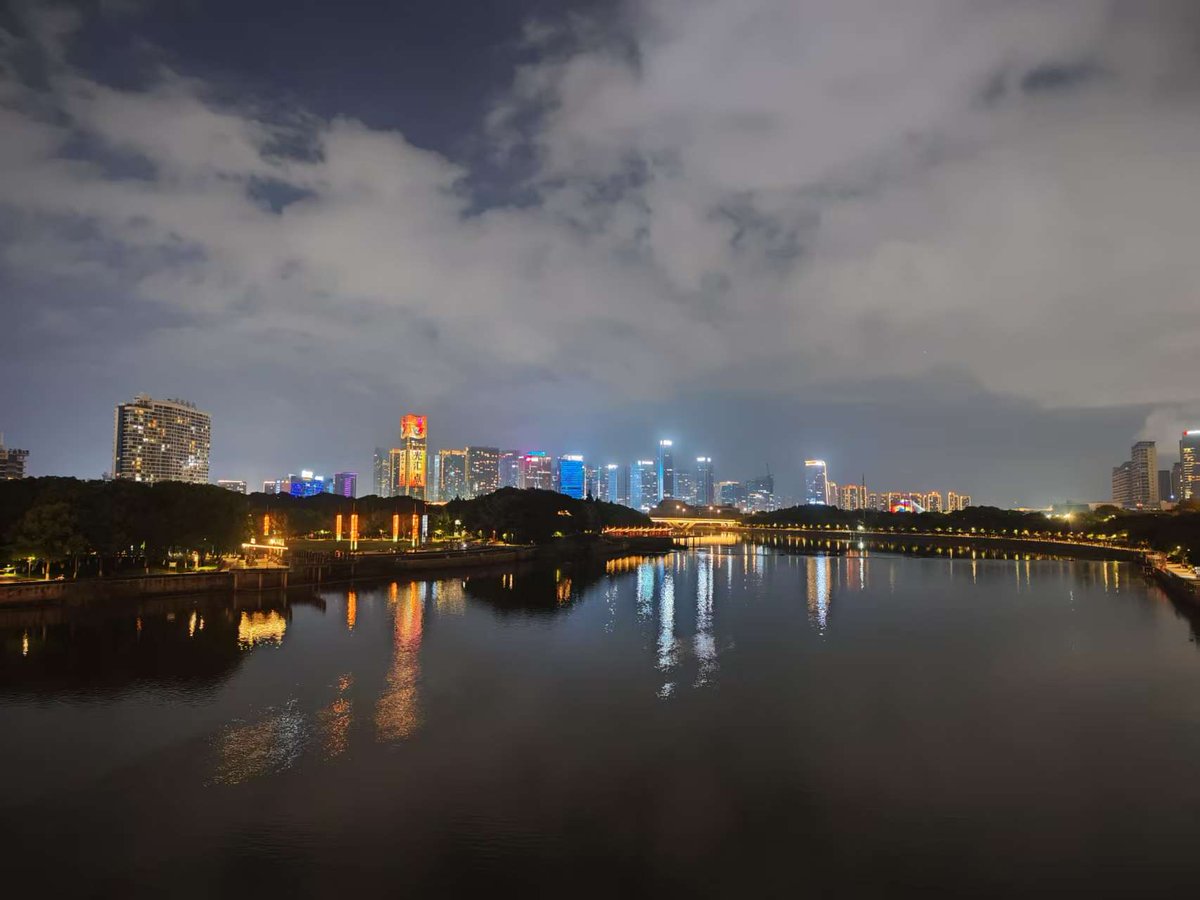
 I wasn't actually sure if I should include Yiwu in my "Off the Beaten Track" series. To be sure, the smallish county-level city of Yiwu IS actually pretty well-known in the supply chain and sourcing sector. And most Chinese people would know it too. Sure, it's not famous like Chengdu or Wuhan, but you can find people visiting in a ton of videos on YouTube, and international media likes Yiwu as well, especially Yiwu International Trade City, the largest wholesale light products marketplace in the world. So, I wondered, is it really off the beaten track?
I wasn't actually sure if I should include Yiwu in my "Off the Beaten Track" series. To be sure, the smallish county-level city of Yiwu IS actually pretty well-known in the supply chain and sourcing sector. And most Chinese people would know it too. Sure, it's not famous like Chengdu or Wuhan, but you can find people visiting in a ton of videos on YouTube, and international media likes Yiwu as well, especially Yiwu International Trade City, the largest wholesale light products marketplace in the world. So, I wondered, is it really off the beaten track?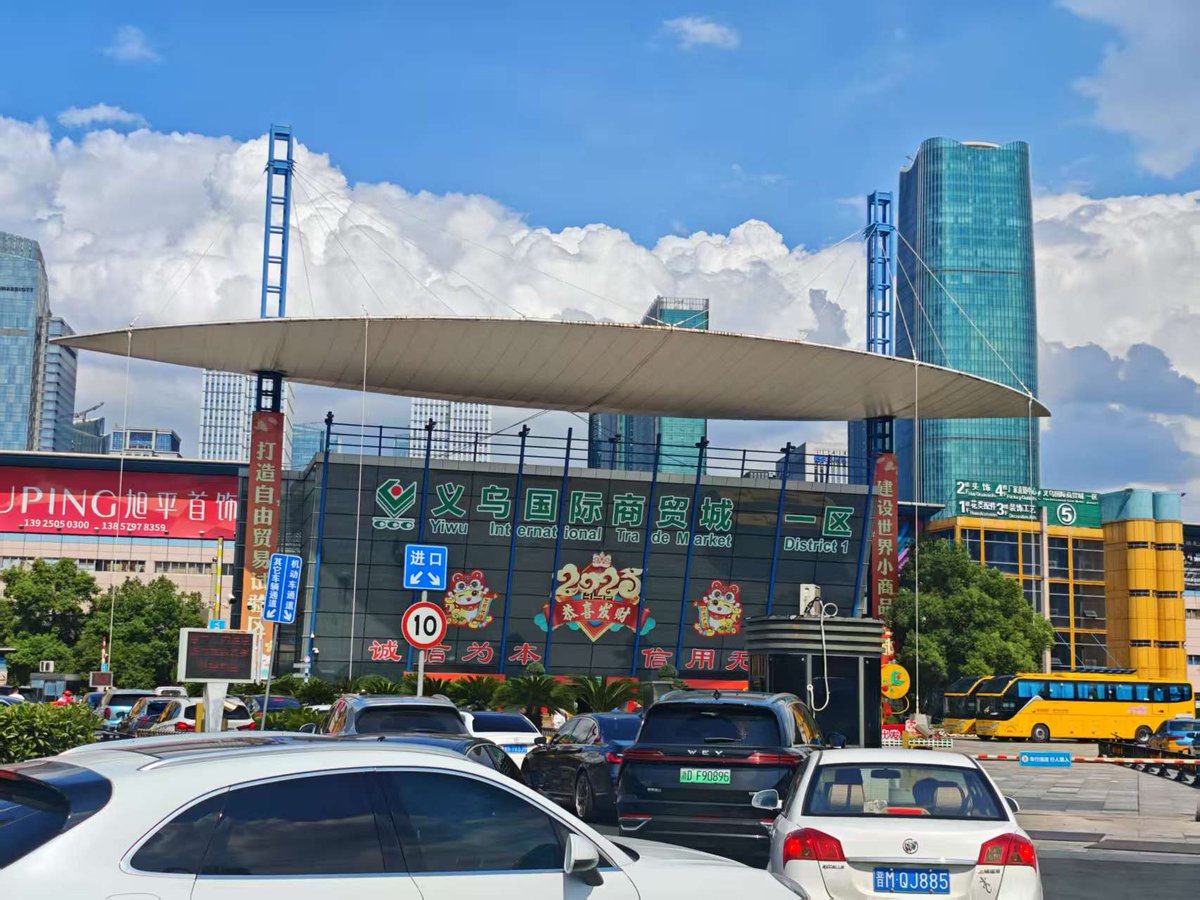



https://x.com/pretentiouswhat/status/1859909682720018882The most famous stories are often in rural areas, where standalone nail houses are striking and obvious, requiring highways or trains to make awkward detours.
